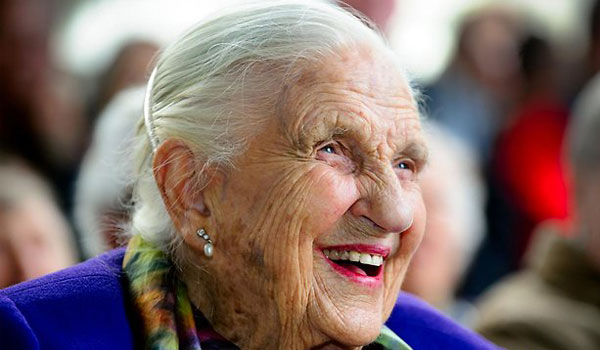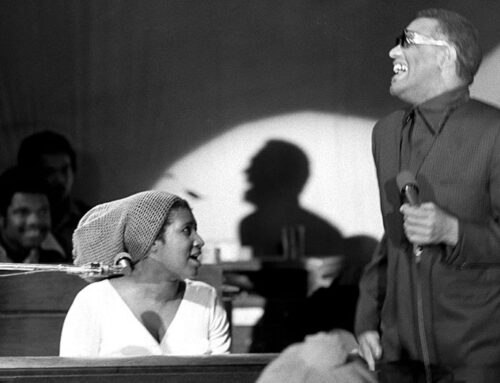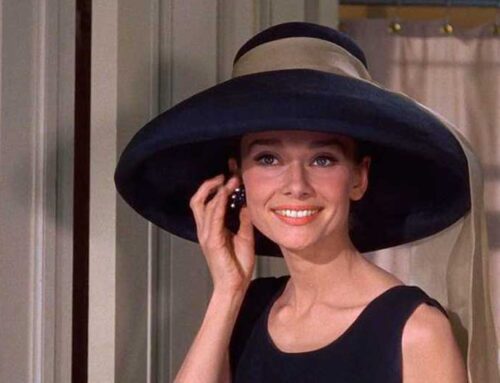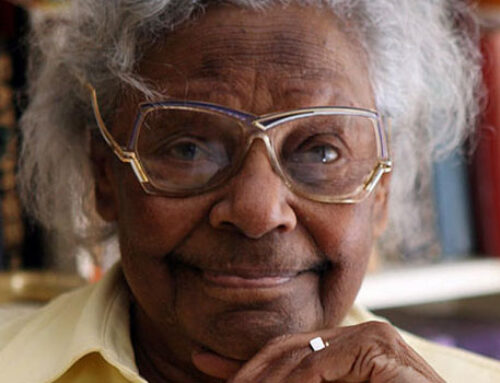Dame Elisabeth Murdoch became a widely respected and much-loved public figure through her lifelong commitment to philanthropy and charity work.
Famous as the wife of pioneering Australian journalist Sir Keith Murdoch and mother of international media baron Rupert Murdoch, her own community work saw the Queen make her a Dame Commander of the British Empire in 1963.
Among her many other accolades, Dame Elisabeth was also awarded a Companion of the Order of Australia, and in 2005 she was named Victorian of the Year.
She gave her name, influence and money to more than 100 Australian charities and organisations, and contributed millions of dollars to sick children, the arts, academia, medical research, the environment, and social welfare.
Her interest in genetic disorders also led her to establish The Murdoch Children’s Institute.
Dame Elisabeth was also politically active. She supported the carbon tax introduced by the Gillard Government, signing an open letter that supported the policy in 2011.
Born on 8 February 1909 the youngest of three daughters, Elisabeth was spoilt by her father, Rupert, who encouraged his youngest daughter’s ambition to join the circus. Her father had a mischievous spirit, and even allowed her to puff on his pipe and chew tobacco.
But Dame Elisabeth’s father struggled with gambling issues, which caused difficulties for her mother Marie as she struggled to keep the family fed and housed.
It was her mother’s caring nature and concern for others that set an example Dame Elisabeth would carry throughout her life.
Elisabeth’s compassionate nature was evident from an early age. She was awarded a tour of the children’s hospital after breaking its singlet-knitting record at the age of 16. Seeing howling babies emerging from operating theatre upset her so much that she vowed to do all she could to help children.
At the age of 19, Elisabeth Greene first stepped out with the 42-year-old Keith Murdoch, Melbourne’s most eligible bachelor. He had spied Elisabeth’s photograph in a society magazine and insisted on meeting the young beauty.
Despite concerns from family and friends about their 23-year age difference, they were married in 1928.
Mr Murdoch’s wedding gift to his young wife was Cruden Farm, on the outskirts of Melbourne, in Langwarrin. The property has been Dame Elisabeth’s home for over 80 years and was the family home they raised their four children – Helen, Rupert, Anne and Janet.
Dame Elisabeth was also “hands on” in the gardens of Cruden Farm. When a hip replacement put an end to the digging and planting, she turned to a motorised buggy to get around, saying driving was her last outdoor sport. Cruden Farm’s grounds are open to the public several times a year.
Following Sir Keith’s death of cancer in 1952 at the age of 67, Dame Elisabeth focused on building the new Melbourne Children’s Hospital.
Her passion for the project, together with her influence, resulted in the necessary government funding and she had remained a benefactor of the hospital thereafter.
Dame Elisabeth felt the advantage of her wealth was the opportunity to do good for causes she felt passionately about, saying: “Wealth can be misused but generally speaking, it’s a tremendous tool in helping the community.”
During an interview when asked what her husband would have said of her life, Dame Elisabeth replied: “I think Keith would have been proud. I haven’t wasted a minute of my life. I’ve made use of all the time, I think.
Dame Elisabeth died peacefully at her home near Melbourne on 5 December 2012, aged 103.
Prime Minister Julia Gillard said in a condolence statement: “Dame Elisabeth Murdoch lived a great Australian life. Her example of kindness, humility and grace was constant. She was not only generous, she led others to generosity. Australia’s children and Australia’s artists have lost one of their greatest benefactors.”
Her son Rupert Murdoch stated: “Throughout her life, our mother demonstrated the very best qualities of true public service. Her energy and personal commitment made our country a more hopeful place and she will be missed by many.”
“Although I am so old, really very old, people’s assumptions are quite wrong. They don’t realise that I still have the capacity to enjoy life,” she told Andrew Denton in 2009.
Photo: The Australian




